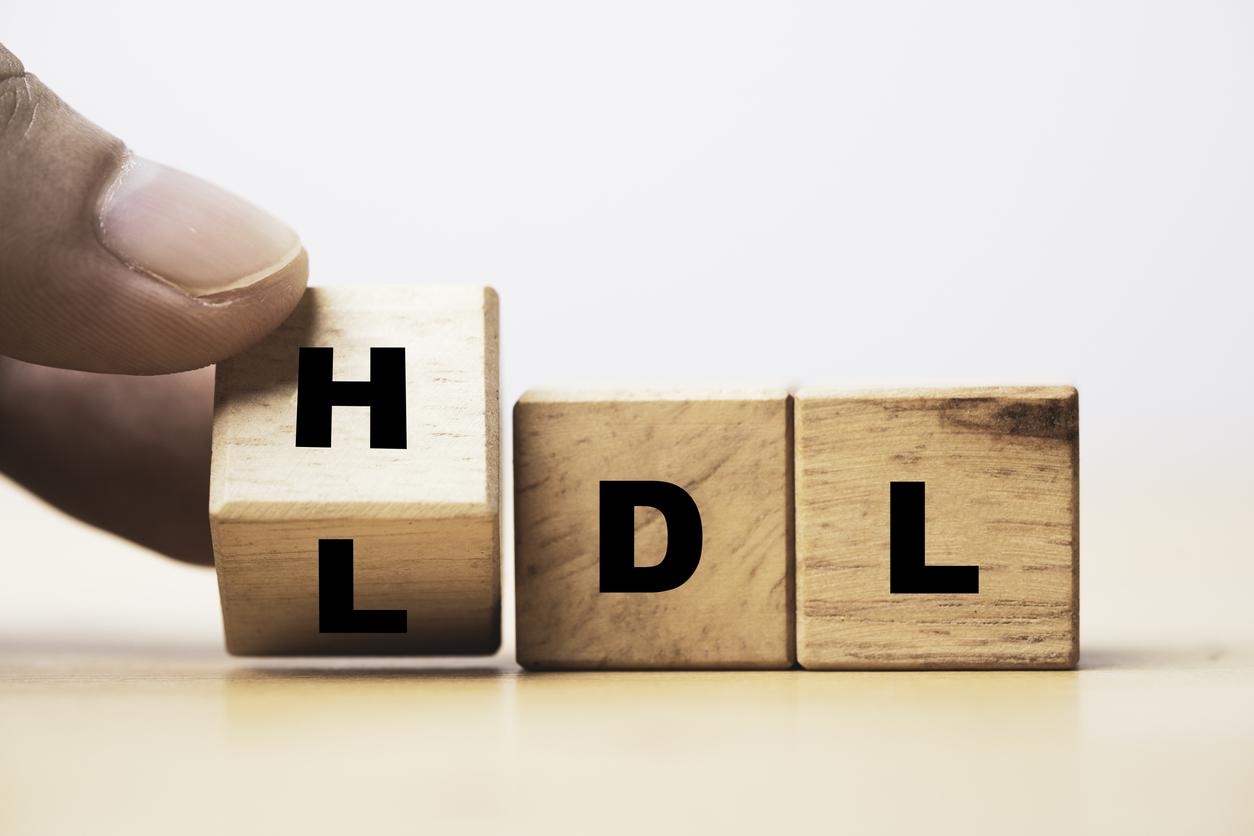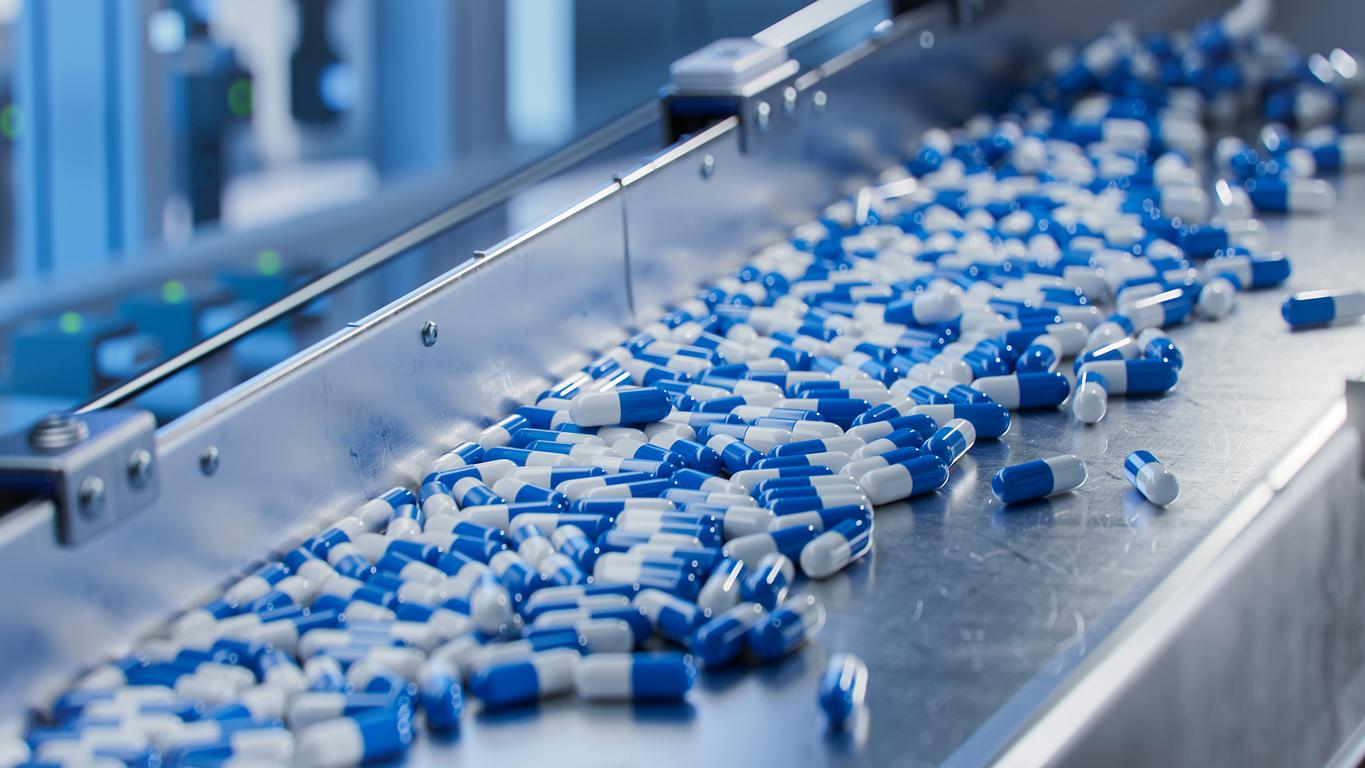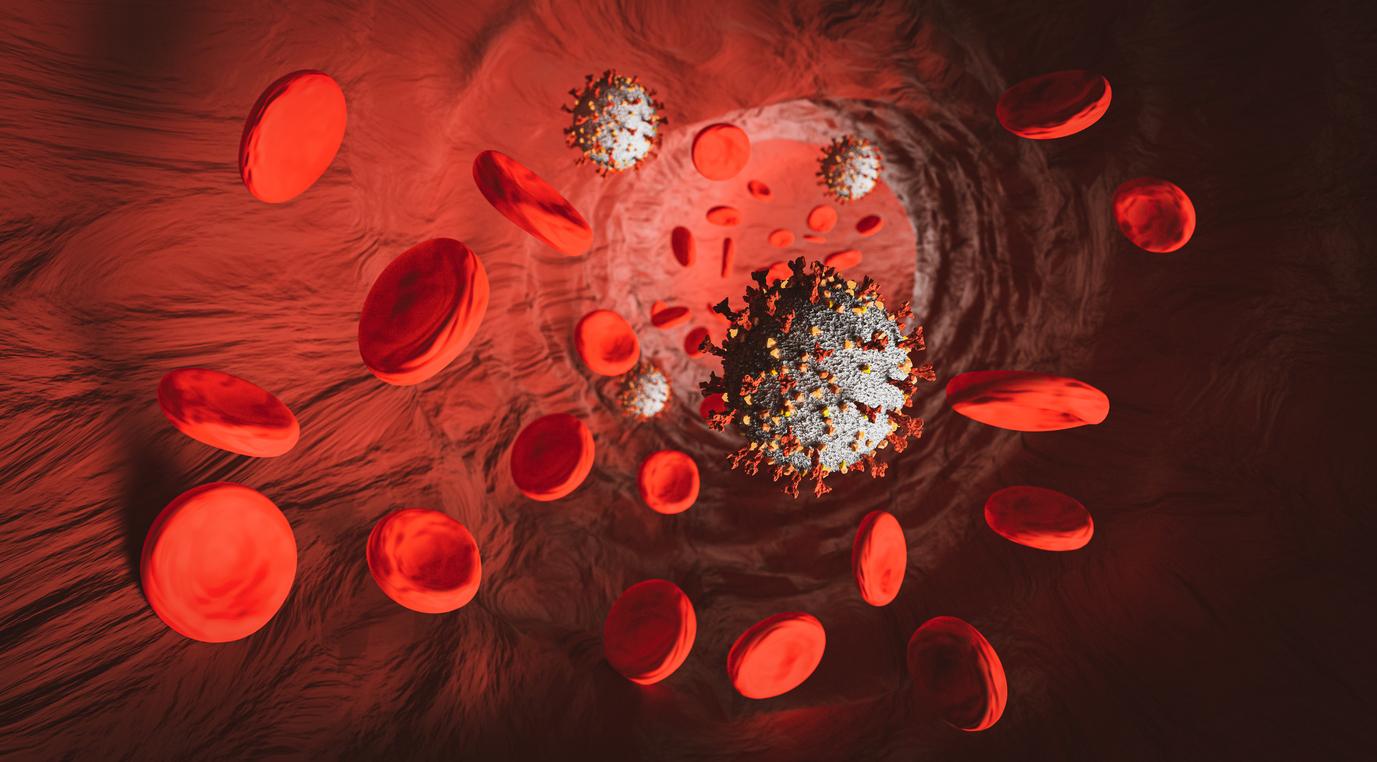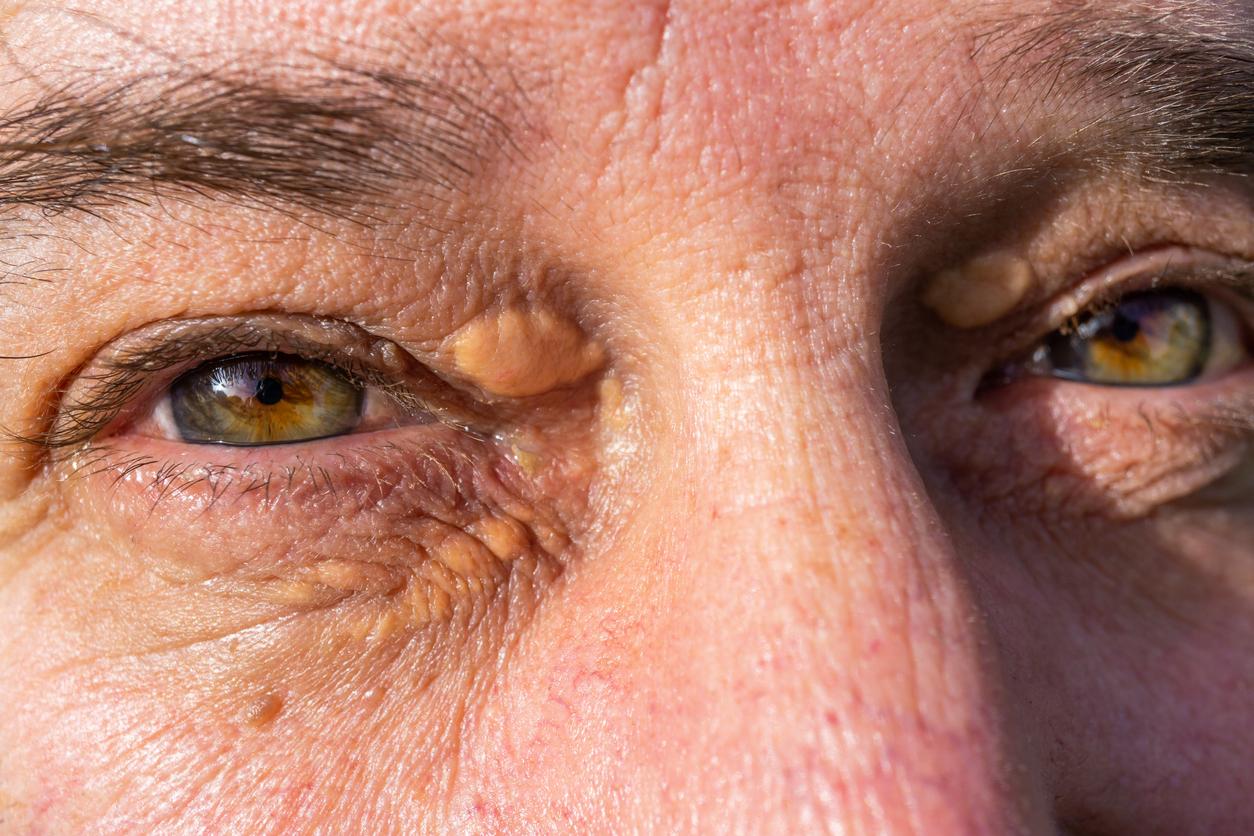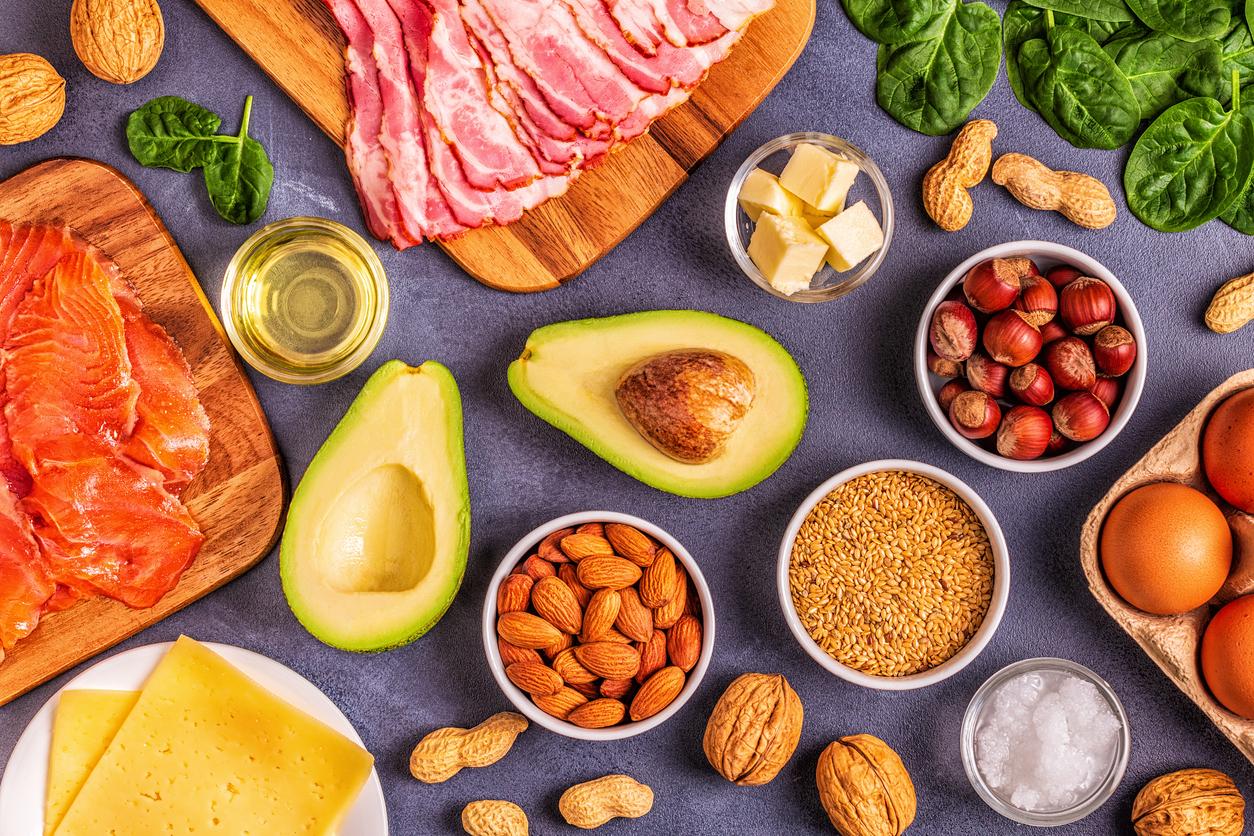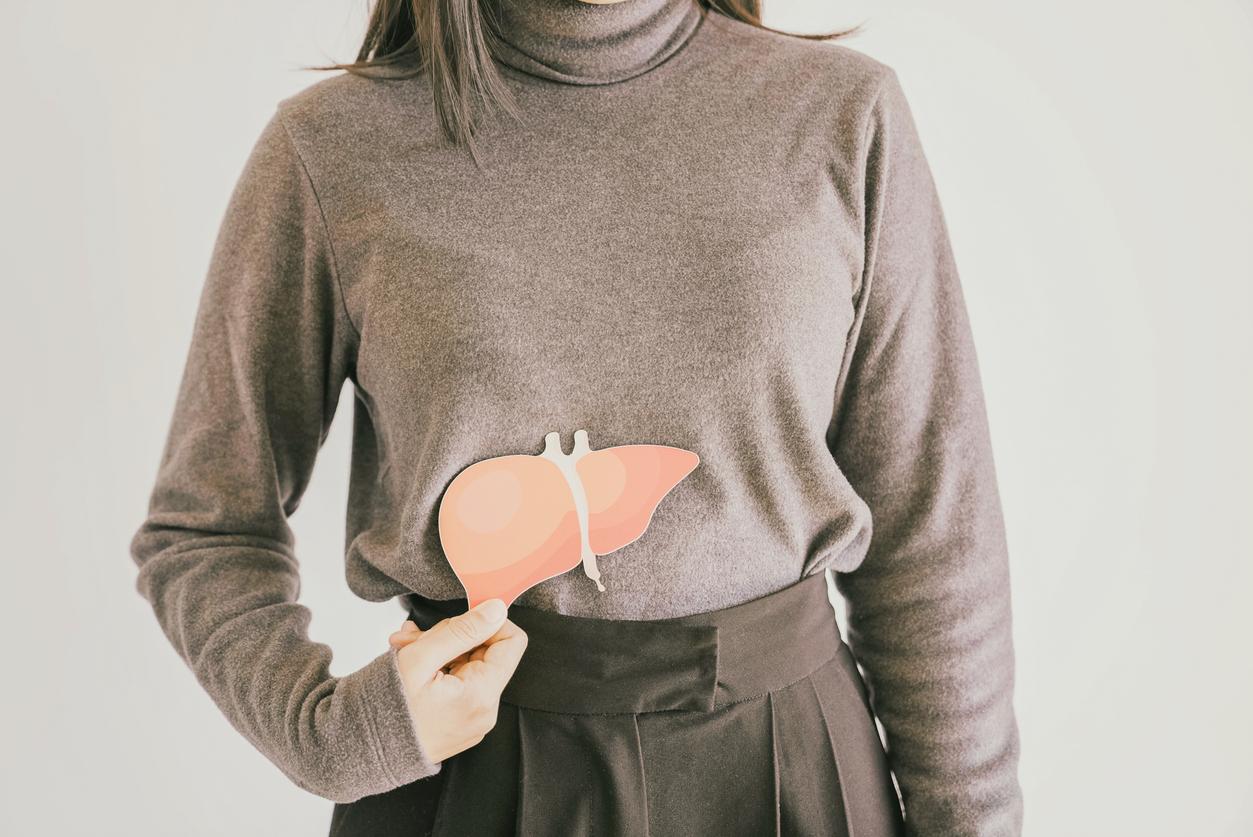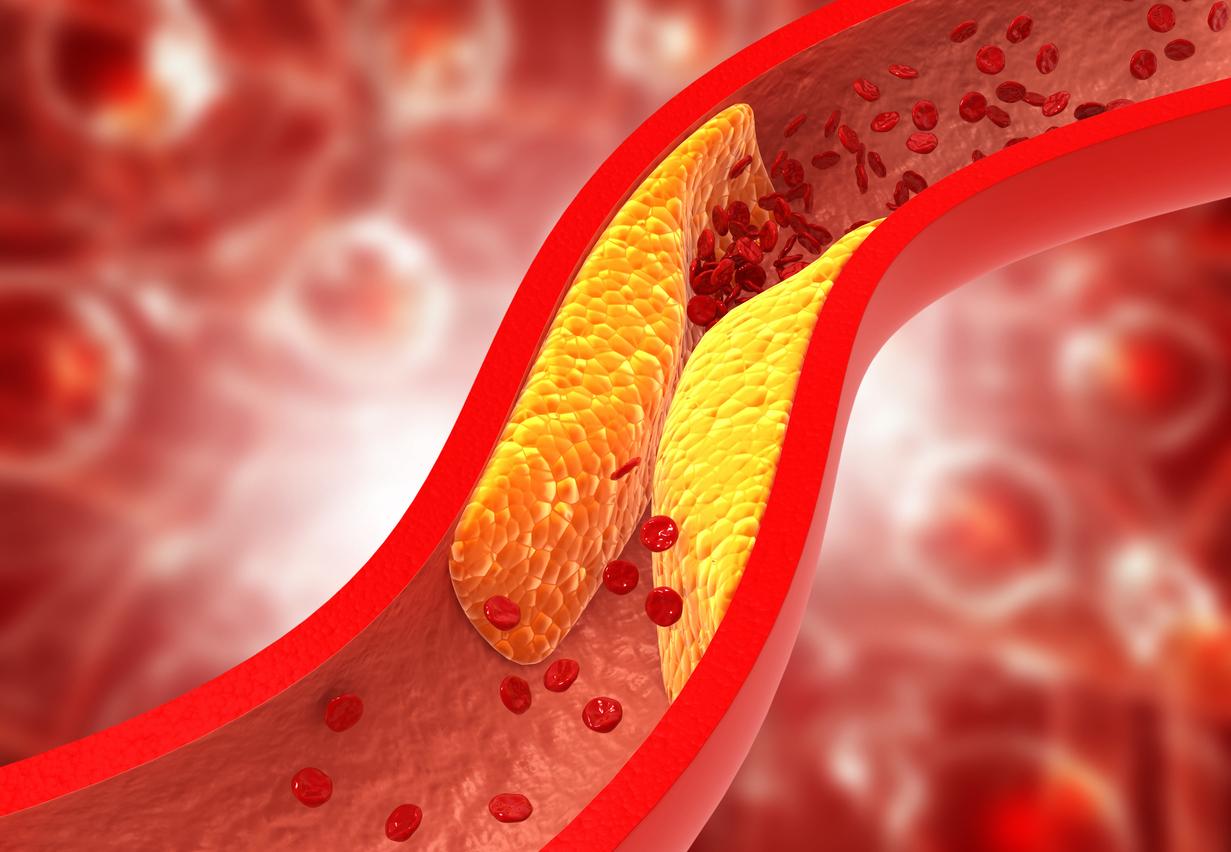Cholesterol is often presented as the number one enemy of our body. In fact, it is an indispensable element for the life of human beings and animals. It is a sterol and therefore it is one of the fatty constituents of our body. But what does HDL cholesterol or LDL cholesterol mean? ?
Cholesterol is found in the membranes of all our cellswhere it has an important role of stabilityfluidity, and more broadly structure. In neurons, brain cells, it allows the synthesis of neurotransmitters and therefore helps in the spread ofnerve impulses.
Understand what cholesterol is
Cholesterol is a precursor of synthesis for several important elements of our body:
- Hormones, also called steroidsincluding sex hormones;
- The salts biliary;
- The vitamin D.
The synthesis of cholesterol hdl and ldl are made mainly in the intestine and in the liver. The latter is our major producer, providing between half and three quarters of our body’s needs. The remaining half or quarter is brought to us by food when we eat foods of animal origin.
There is of course a function ofself-regulation in the body which makes it possible to reduce the synthesis of cholesterol, when we consume it in excess, hence the variation of the fractions mentioned above. But this function can be altered.
the liver does not only produce the hdl or ldl cholesterol necessary for other body tissues, it is also a place for recycling and returning cholesterol that is not used.
We hear most often about good and bad cholesterolyet the term “cholesterol” does indeed designate a single molecule and it is the carriers that we are going to focus on to classify cholesterol.
Like most fatty products, cholesterol is hydrophobic. Due to its structure, it is therefore not directly soluble in the blood.
HDL and LDL cholesterol, the difference
To circulate in the blood and reach the cells, it needs transporters called lipoproteins:
• The LDL (Low Density Lipoproteins) transport cholesterol from the liver to the cells. All cells have receptors on their membranes based on their cholesterol requirements.
When cholesterol circulates in excess in the blood, that is to say in a quantity greater than our cells need, LDL deposits it directly in the arteries.
This is also the case following an alteration of LDL, which will then no longer be recognized by cell receptors. This alteration may be related to tobacco, or too high a sugar level. It is for this reason that LDL-cholesterol is commonly called “bad cholesterol”.
• The HDL (High Density Lipoproteins, high density lipoproteins) on the contrary act in recycling. They collect excess cholesterol and bring it back to the liver. This is HDL cholesterol is the “good” cholesterol, the one that “cleans” the arteries.
It is by one blood test that we measure the total amount of cholesterol present per liter of blood. The fraction of cholesterol that circulates from the liver to the periphery is called LDL-cholesterol (known as the bad) and that which returns to the liver is called HDL-cholesterol (the good).
Why act on your cholesterol level?
We have seen that cholesterol is naturally produced by our body, which needs it, however an excess can have serious health consequences. These consequences are all the more important since excess cholesterol is sometimes discovered late.
Indeed, hypercholesterolemia is not directly linked to any physical pain, nor any symptom that alerts us. However, this excess, over time, has disastrous effects on the cardiovascular systemnamely the heart and the arteries.
What happens in the body?
When cholesterol is present excess in the blood, LDL deposits it directly into the arteries. This cholesterol deposit is responsible for the formation of atherosclerotic plaques which will thicken and harden the interior of the arteries, thus limiting the space of circulation and being able to go until the butcher totally by rupture, and therefore detachment of a plate.
These plaques can also eventually lead to damage to the arterial wall. (sclerosis), which is then likely to break. This is the phenomenon of atherosclerosis.
When the artery is blocked more or less brutally, the blood can no longer pass correctly. Blood and oxygen can therefore no longer reach the rest of our body, the cells suffer and we must act urgently. This is particularly the case at the level of brainfrom heart or lower limbs.
Atherosclerosis is a well-identified risk factor for vascular and heart attacks:
- Angina pectoris or angina (chest pain related to partial obstruction of a coronary artery) or, worse, myocardial infarction, also called a heart attack, when oxygen deprivation is severe enough to cause large numbers of heart muscle cells to die from asphyxiation.
- stroke (cerebrovascular accidents) which are characterized by a lesion of part of the brain following the obstruction of a vessel, when the atheroma is located at the level of a carotid.
- Arteritis obliterans of the lower limbslinked to an obstruction of the arteries of the lower limbs.
Close to 150,000 people die every year in France cardiovascular disease, and as such, reducing the cholesterol level of the adult French population by 5% is one of the objectives of the public health law.
Prevention factors and risks
We thus understand to what extent prevention is essential, in order to act before the arrival of the first signs and to avoid the occurrence of accidents with dramatic consequences. Edit sound lifestyleincluding his eating habits, is the first step and is most often sufficient to regulate cholesterol levels.
In other cases, the heart is already weakened. By regulating the cholesterol level, we then seek to avoid a recurrence which could be even more dramatic. The diet remains essential, but is often accompanied by a prescription for medication. We will talk about it again.








